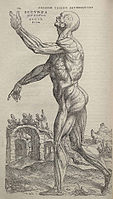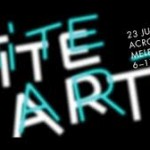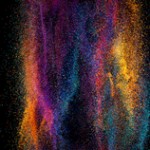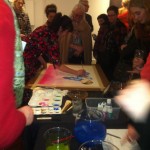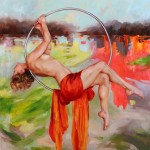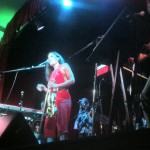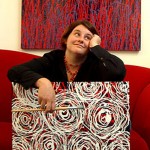By Celeste Hawkins
My Nite Art adventure took me to the Harry Brookes Allen Museum of Anatomy and Pathology at Melbourne University. Rarely open to the public, it was much bigger than I anticipated. I certainly did not expect to see Ned Kelly’s death mask! Our guide told us that the very next day after the head was amputated, this death mask was on display in Bourke Street Melbourne! Discussion was had as to whether it was the original mask. Perhaps we will never know.
Artist and Research Fellow, Dr. Nina Sellars then gave our group of about twenty a talk to introduce our next activity, a life-drawing workshop. Her talk began by giving us an in depth background into early Renaissance drawing techniques, with a focus on perspective. She discussed some of Michelangelo’s techniques such as his marking of the bony landmarks of the body. She reinforced the three main body masses-the ribcage, head and pelvis. What I took away was that a life drawing should demonstrate sound knowledge of the masses, bony landmarks and geometric forms. We then spent time drawing a male model. Armed with this newly found knowledge, I felt even more confident in understanding the physical form of the body and other elements such as; shadows, light and angles in which the body is being thrust.
The study of anatomy relies on both anatomical knowledge and imagery. The most prominent and revolutionary anatomist and physician of his time was Vesalius (1534) who transformed the way the human body was seen, producing three dimensional drawings. Nina went on to tell us that true perspective drawings had only been invented in the 1400’s. Prior to this time, attempts were made but were technically incorrect and produced more of an illusion, or showed people or objects beside each other at different heights.

